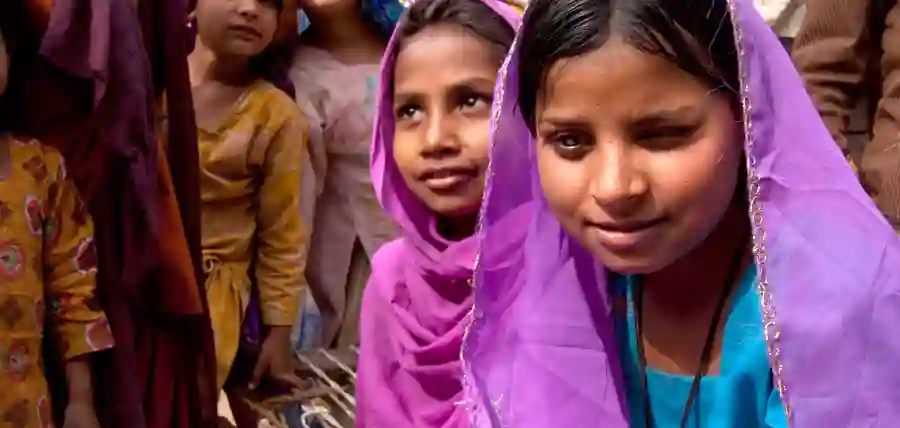Blindness has been a key public health issue from a long time, especially in the third world countries. In fact, corneal disease has been titled as one of the top four causes of blindness in the world. Usually, people who are affected by blindness fall in the age range of 60-70 years, but those targeted by corneal blindness can be as young as 20s and 30s. It is also observed that symptoms of corneal blindness are accompanied with eye pain, light sensitivity, red eyes and impaired vision. Other than this, what other important facts of corneal blindness you should be aware of? Have a look. 1) What constitutes “Corneal Blindness” – When the transparent tissue called ‘Cornea’ which covers the front of the eye gets damaged by severe malnutrition, trauma, or infection, it causes vision impairment or blindness called Corneal Blindness. 2) Biggest treatable blindness in India – Affecting over 2 million people, corneal blindness is the most common type of treatable blindness in India. 3) Eye Donation is the best-known way to get rid of Corneal Blindness – Corneal blindness is a type of blindness which can be treated by corneal transplant using donated human corneal tissue. The most effective way to deal with rising numbers of corneal blinded people is to promote awareness of corneal blindness and generating more and more human corneal tissue through eye donation. 4) Diagnosing Corneal Blindness – The procedure starts with reviewing patient’s medical history and thorough examination of eyes. To examine cornea in detail, a slit lamp microscope is used. Then there are other types of examination procedures like to study the shape of the cornea, there are keratometry and topography. To measure the thickness of the cornea, there is pachymetry. Other tests include assessment of the tear film, specialized microscopy, and blood tests. 5) Multiple ways for treatment of corneal blindness – Treatment is generally according to the type and extent of the patient’s disease. Depending on the disease stage, different measures of treatment include medical and surgical management and treatment. A multi-level strategy needs to be developed if we are aiming to eliminate corneal blindness. In a nation with constrained resources and a great populace, optimization of available facilities and prioritization of healthcare commitments ought to be proportioned rationally. Overall, continued review of the burden of corneal blindness with periodic assessment of trends to effectively plan preventive, promotive, and rehabilitative blindness control strategies along with aggressively spreading awareness about the subject is the need of the hour.





